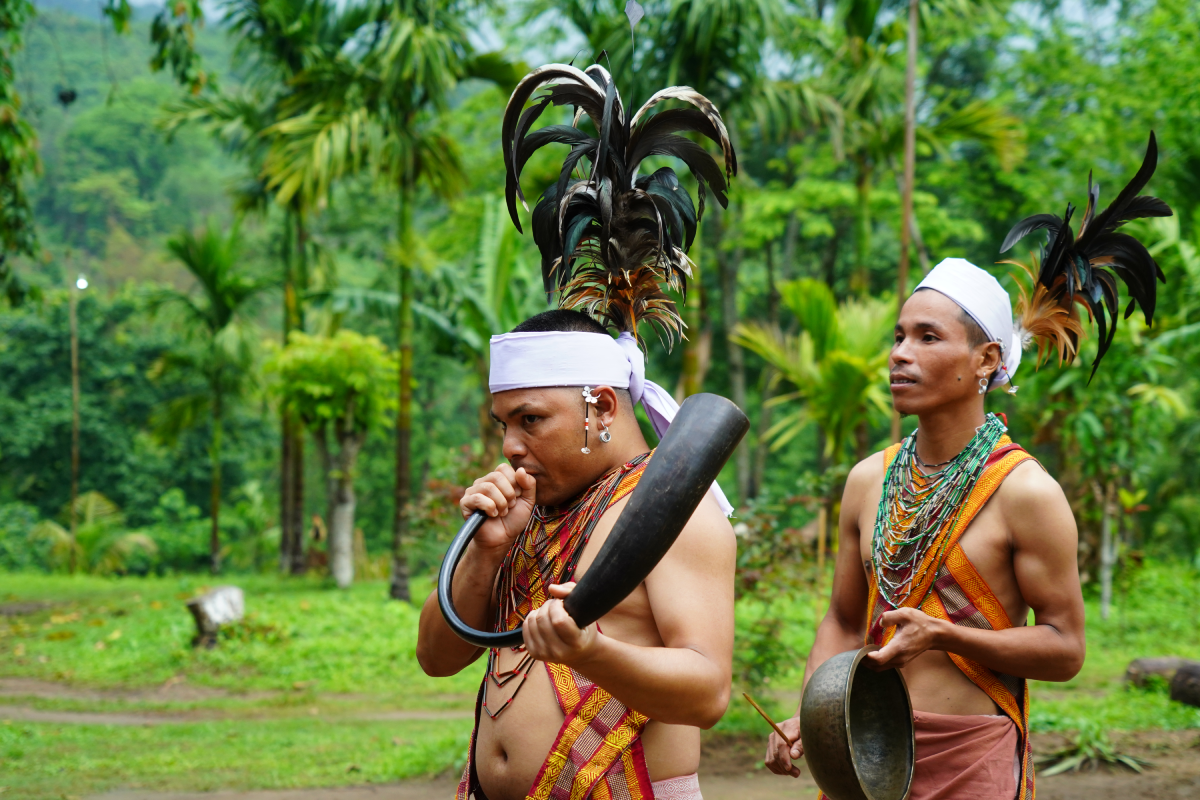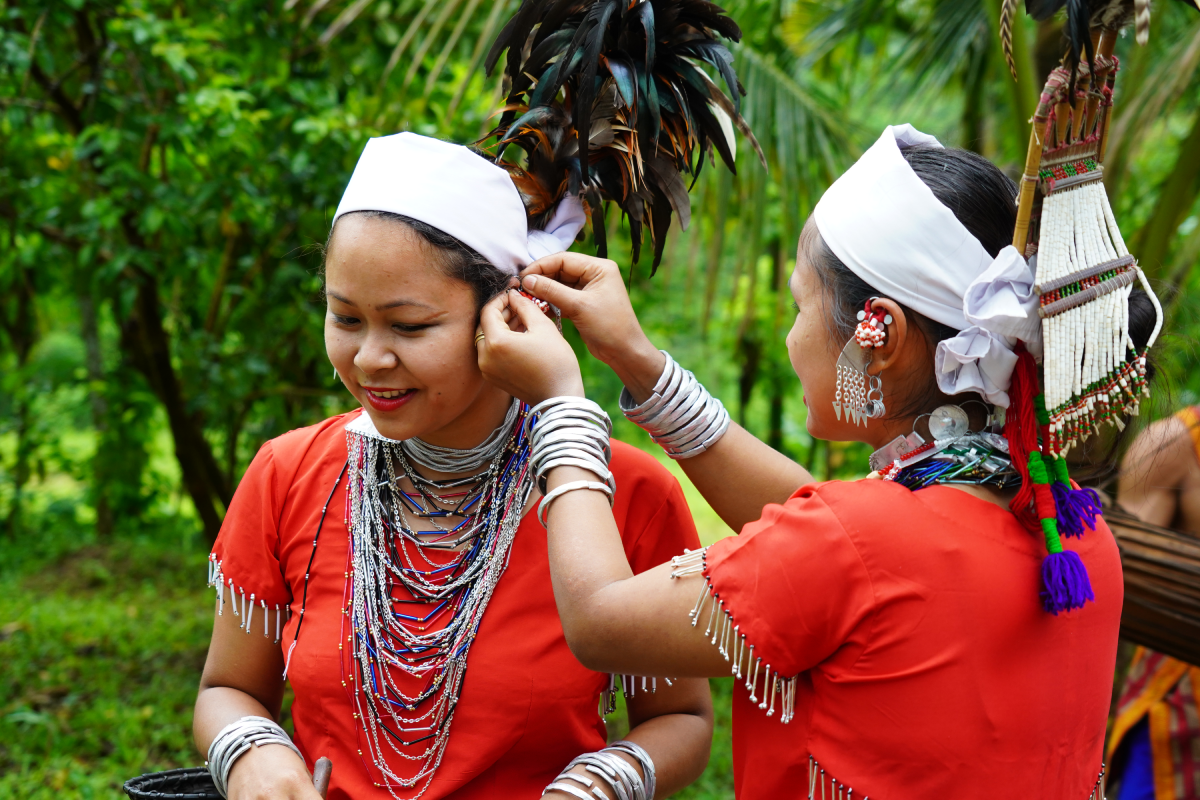tribal dance
Wangala Dance, meghalaya
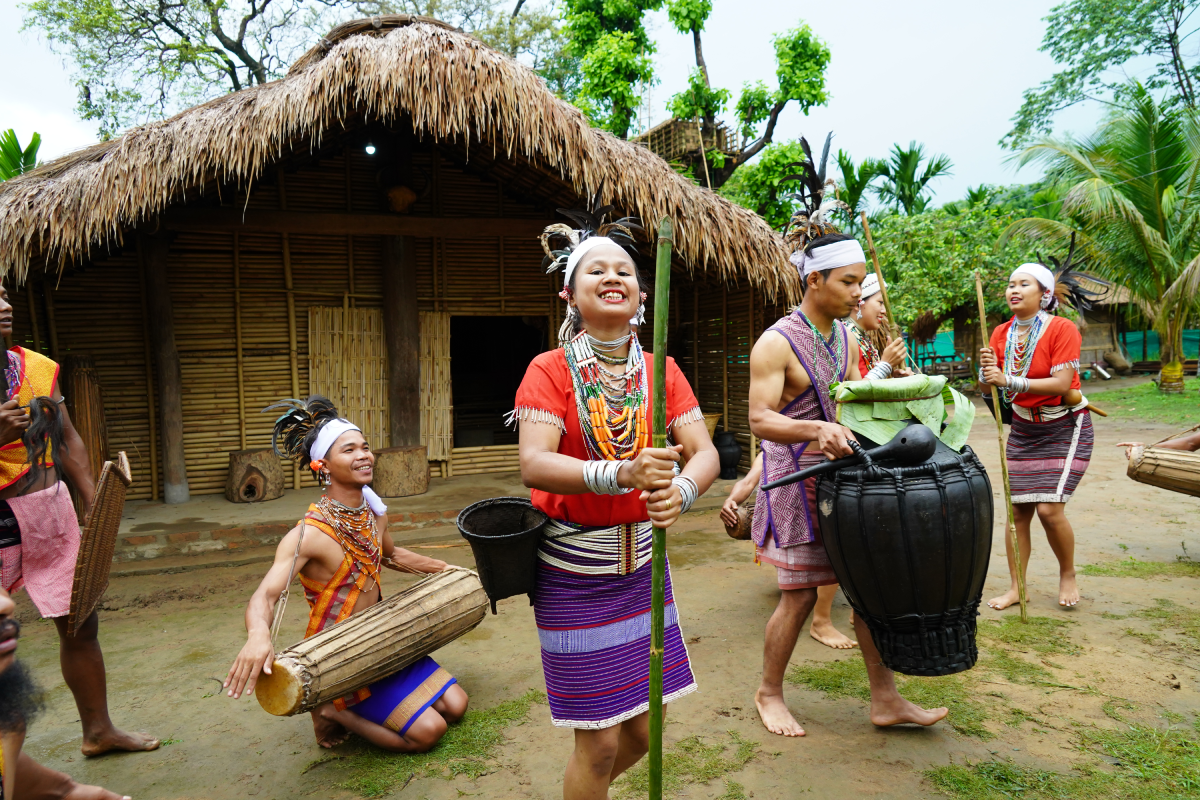
Wangala dance is from Meghalya. Wangala Dance is danced during the Wangala harvest festival, which is celebrated as a thanksgiving to the Sun God, Misi-A-Gilpa-Saljong-Galapa, for a good harvest. It represents joy and devotion to the god.
Garo tribe The Garo people, who are mostly found in Meghalaya, have a matrilineal society and engage in jhum cultivation. The Ambeng Garos or Songsareks hold on to their traditional religious beliefs and worship gods like Misi-Saljong and Tatara-Rabuga.
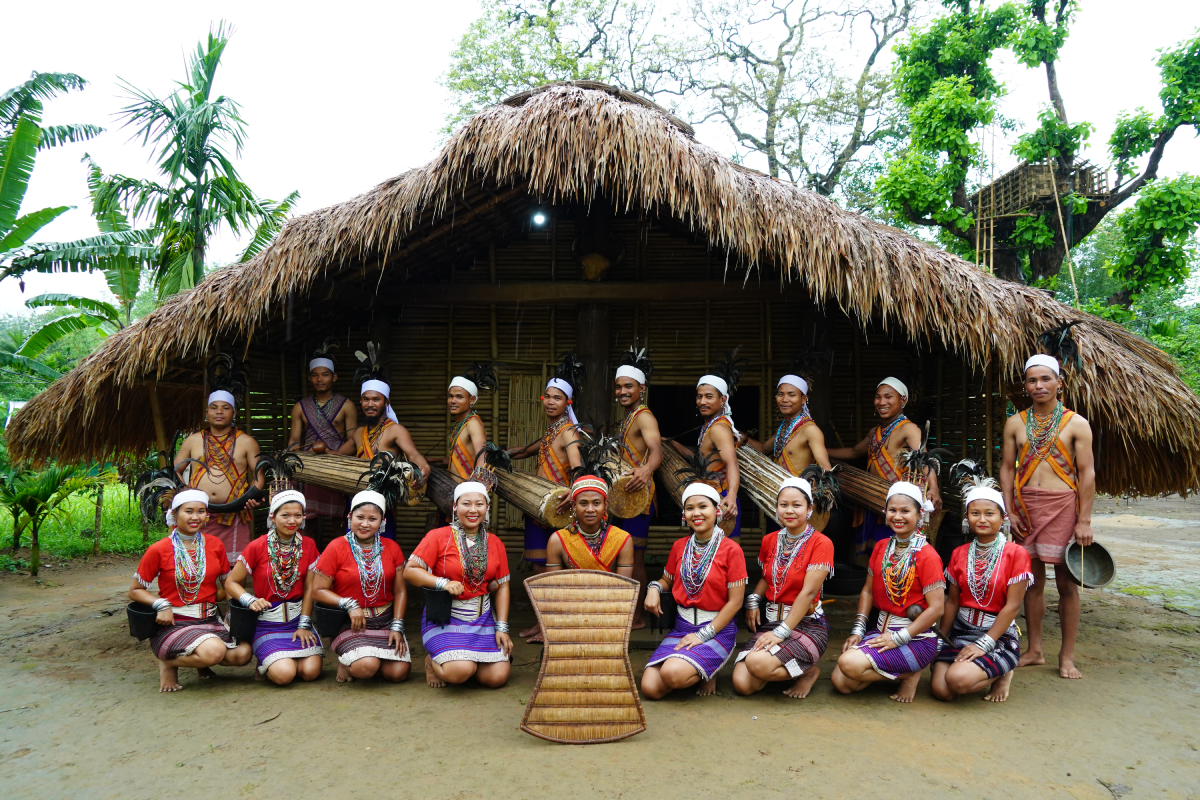

The Wangala Dance is one of the most prominent features of the 3-day celebration. Women and men dance in rhythmic circles around the Nokma (head of the village), who plays the role of the priest. It signifies communal happiness and thanksgiving, and matchmaking is often part of it.
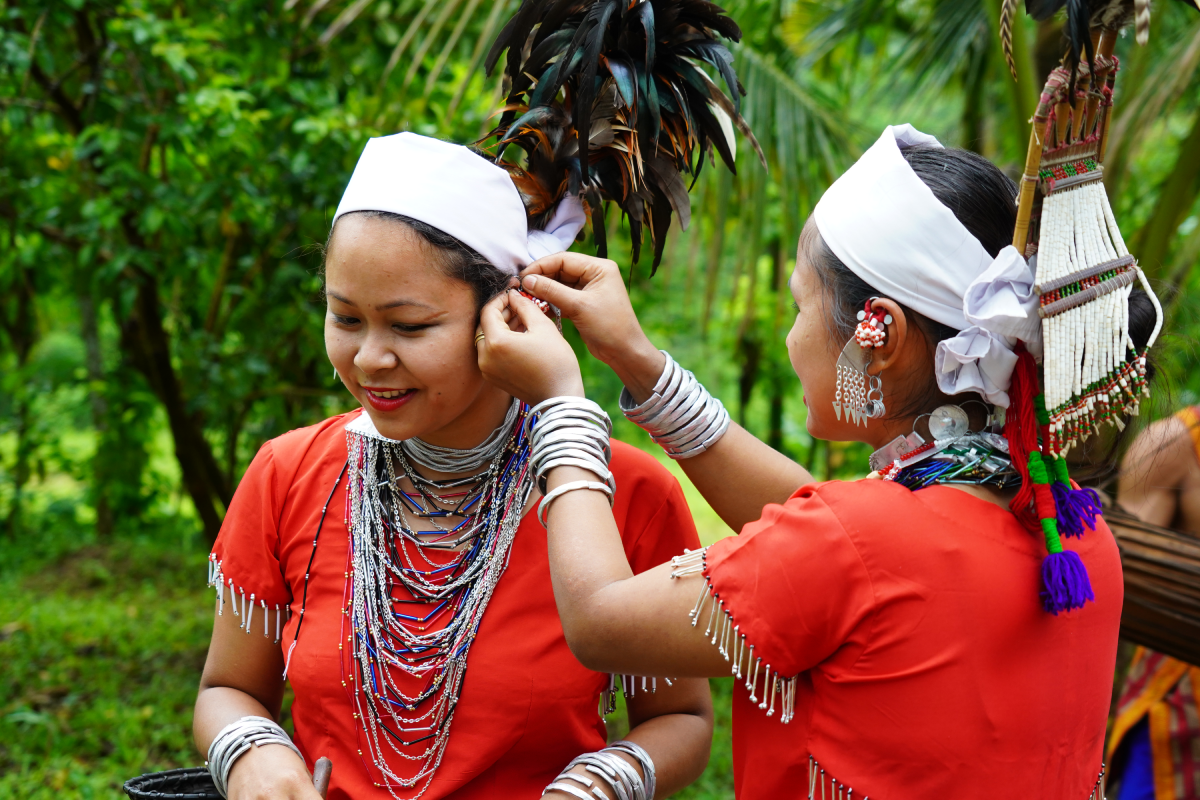
Traditional colorful clothing is used, and women are decorated with ornate jewelry. Their costumes bear out the festival's vibrancy and cultural splendor.
Traditional drums, the dokma (long drums), and horns are among the musical instruments played while doing this dance and produce a fun-filled rhythmic feeling. Singing folk songs relating the performance of life on Garo grounds as well as nature connection comes in hand naturally during performance.
